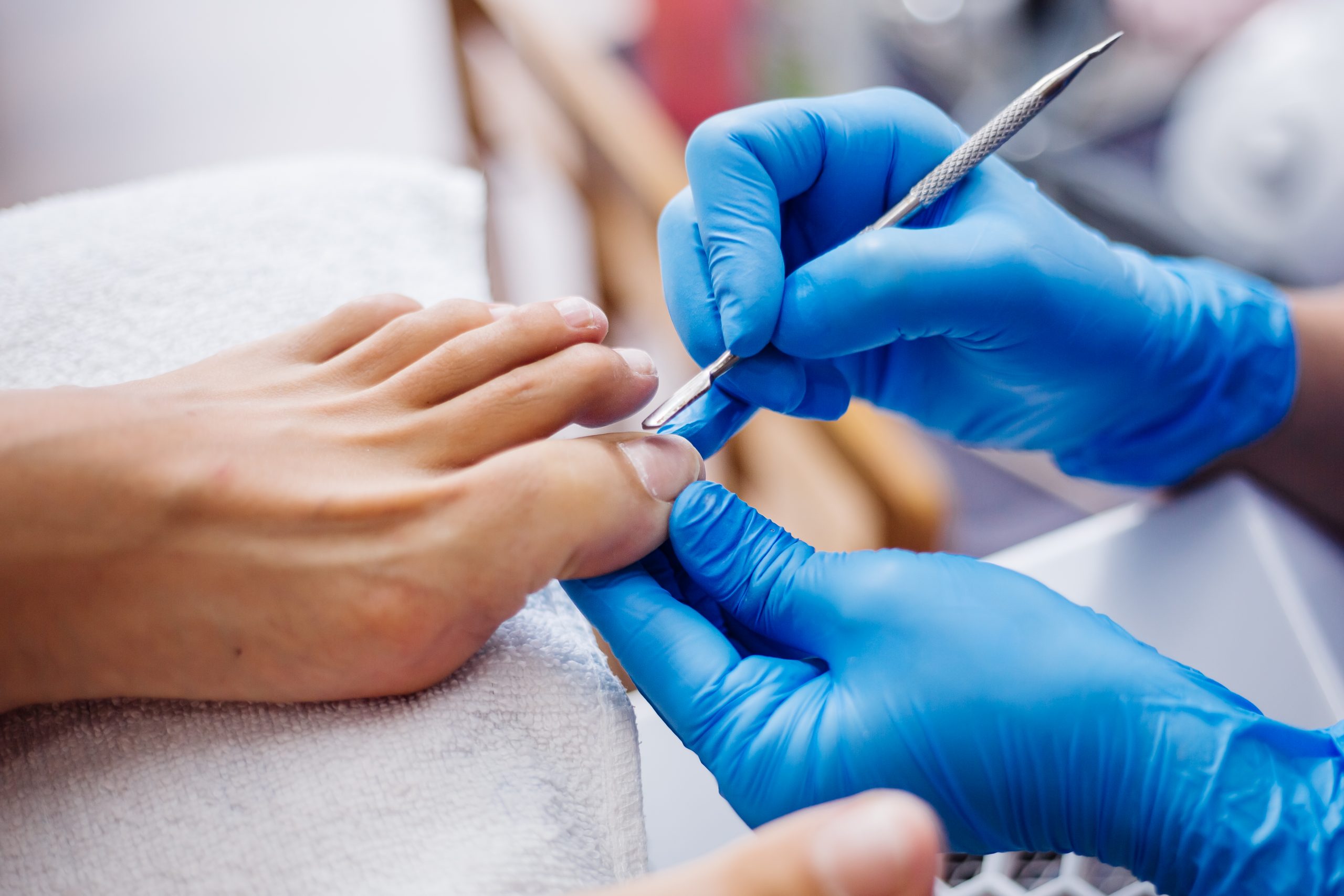
We’ve all experienced foot conditions in our lives & know how to treat an ingrown toenail, blisters and such issues. The human foot has more sweat glands than any other region of the body – 26 bones, 33 joints formed of sturdy tissues that hold everything in place. The fact that your weight in motion may exert hundreds of tones of stress each day on the foot makes it an evolutionary miracle. The toes, heel, and ball of the foot all function together to move you from one place to another.
Thus, your feet, an integral part of your body, are at a higher risk of damage due to the strain of moving you around. Additionally, ill-fitting shoes, regular wear and tear, etc., are the root of many foot issues, such as corns and calluses, verrucas, ingrown toenails, etc. In this blog, we will go through some simpler methods to treat an ingrown toenail and other foot conditions.
What are the Common Foot Conditions?
There are tens of foot conditions out there to watch out for. For an instance, some of the most typical foot conditions are:
- Ingrown Toenails
- Corns
- Verruca’s
- Blisters
We’ll take a brief look at how to treat an ingrown toenail, etc. Moving forward you will also learn about how to prevent them and who treats an ingrown toenail and other foot conditions.
Ingrown Toenails
Cause
Shoe pressure is the most frequent cause of ingrown toenails.
Ingrown toenails can also result from:
- Unskillfully trimmed nails.
- Repeated foot injuries brought on by daily activities (such as running, walking or exercising).
Prevention
- When your nails are soft after a bath, trim them.
- Use a nail clipper to cut toenails straight across so that they are just longer than the tips of your toes.
- Avoid wearing tight/constrictive footwear.
How to treat an ingrown toenail
You can prevent the need for treatment by taking the above preventative measures. Soak your foot in lukewarm water with salt or lukewarm water with soap to ease the pain caused by ingrown toenails. Then cover the area with a bandage and apply an antiseptic. You could require medical attention if self-care efforts fail or if you develop a nail infection.
This simple treatment is said to be useful for other foot conditions such as corns, calluses, etc . Some of them need different medical treatments in case of complications such as infections in specific cases like verruca’s.
Who Treats an Ingrown Toenail?
There are medical professionals who treat ingrown toenails that also assist with other issues affecting your lower legs or feet. They can handle both injuries and the aftereffects of chronic illnesses like diabetes. They may be referred to as a podiatric doctor or a podiatric physician.
Podiatrists are medical professionals, although they do not attend conventional medical schools. They run their own institutions and organizations for professionals. Additionally, rather than “MD,” they have “DPM” (doctor of podiatric medicine) following their names (medical doctor).
Podiatrists can perform surgery, realign broken bones, provide medication, and request X-rays or lab tests. When a condition affects your feet or lower legs, they frequently collaborate closely with other doctors such as dermatologists, etc.
Health Issues Podiatrists Treat
Podiatrists treat a wide range of foot-related diseases in patients of all ages, including:
- Sprains and Fractures
When they affect the foot or ankle, podiatrists frequently treat these common wounds. They also work in sports medicine, treating athletes’ foot issues and offering advice on how to prevent them.
- Hammertoes and Bunions
These are issues with your feet ‘ bones. A bunion develops when the big toe joint at the base enlarges or becomes misaligned. The toe flexes in that direction toward the others.Any toe that doesn’t bend properly is said to have a hammertoe.
- Nail conditions
These include conditions like a fungal infection in your nail or an ingrown toenail.
When to see your Podiatrist?
There are numerous ailments and injuries that can mean a visit to the podiatrist. A podiatrist visit may be necessary for injuries such as ankle sprain, dislocated bones, toe fractures, ligament tears, and strained muscles. Appointments with a podiatrist may also be necessary if you have a condition like flat feet or high arches.
You should see a podiatrist if you experience chronic foot discomfort, redness, or swelling as well. Self-diagnosis, self-medication, and “bathroom surgery” may postpone treatment and exacerbate existing issues. Some foot issues are inherited or can be an indication of another medical issue.
Conclusion
In conclusion, we learned about how to treat an ingrown toenail as well as who treats ingrown toenails. Although many such conditions only need simple treatments and care, there are chances of complications in some rare cases. If you wish to learn more about foot care and podiatry, visit our website.
